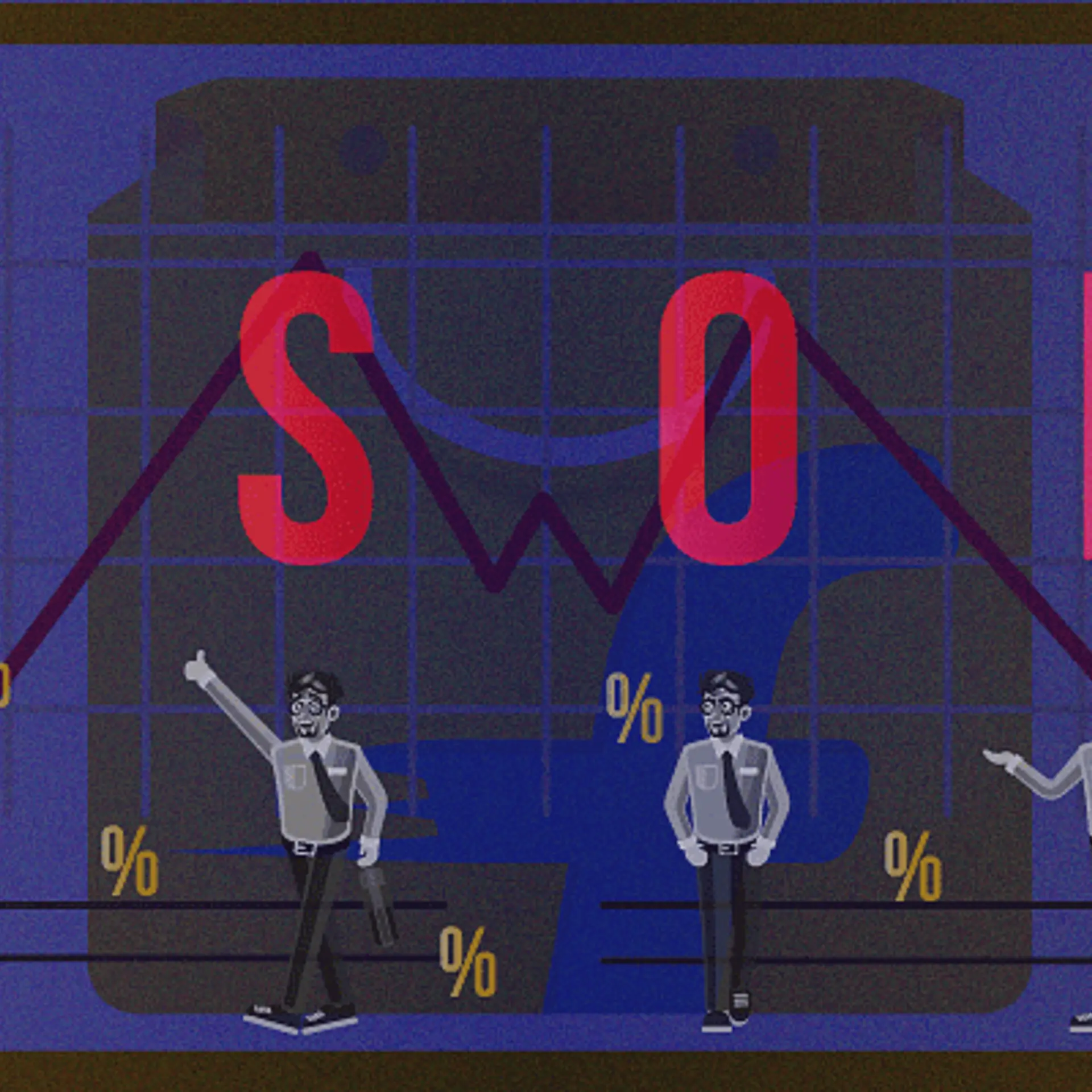9 out of 10 Startups Fail: Analysing Common Startup Mistakes
Delve into the common pitfalls that lead to startup failures, including marketing missteps, cash flow problems, and operational challenges. Gain insights on how to avoid these traps and steer your startup towards success
Startups are synonymous with high risk and potential high reward. A commonly cited statistic is that approximately 9 out of 10 startups fail, although this number can vary slightly depending on the source and the definition of "failure". This high failure rate is partly due to many startups being at the idea stage, where they are self-funded and not yet legally established entities.
Key Challenges Leading to Failure
- Marketing Issues: The most prevalent reason for startup failure is marketing problems, particularly a lack of product-market fit. Ensuring that there's a demand for the product and that the marketing strategy is effective is crucial.
- Financial Struggles: Cash flow issues, starting with insufficient funds, and problems with sustaining financial health are significant contributors to startup failure.
- Operational and Team Dynamics: Failures in the startup world often stem from team-related problems and operational inefficiencies. This includes a lack of industry expertise and business experience among founders.
- Market Demand Misjudgment: Many startups also fail due to a lack of market demand, highlighting the importance of thorough market research before launching.
Sector-Specific Failure Rates
- Fintech and Tech Startups: These sectors exhibit high failure rates, with fintech startups experiencing a 75% failure rate and the broader tech sector around 80%.
- Disruptive Startups: Those classified as “disruptive” face even steeper odds, with a 90% failure rate due to the high-risk nature of their innovative ideas.
Venture Capital and Funding Statistics
- Venture-Backed Startups: Only a small fraction of startups receive venture capital funding, with less than 1% of U.S. small businesses obtaining VC support. This funding does not guarantee success, as 75% of VC-backed companies never return cash to investors.
- Self-Funded Ventures: A majority of startups are self-funded, indicating the challenges in securing external funding.
- Shark Tank Statistics: Contrasting the general trend, only 6% of startups featured on the TV show "Shark Tank" fail, indicating the potential impact of high-profile investment and exposure.
Implications for Entrepreneurs and Investors
For entrepreneurs, these statistics emphasise the need for thorough planning, market validation, and financial prudence. Entrepreneurs should be prepared for the reality of working overtime and potentially facing multiple pivots in their business model. Investors, on the other hand, often spread their bets across many startups, knowing that a small number will yield high returns, compensating for the many that do not succeed.
while the startup world is fraught with challenges and a high failure rate, careful planning, market research, and financial management can increase the chances of success. Entrepreneurs and investors alike need to be aware of these realities to navigate the startup ecosystem effectively.







